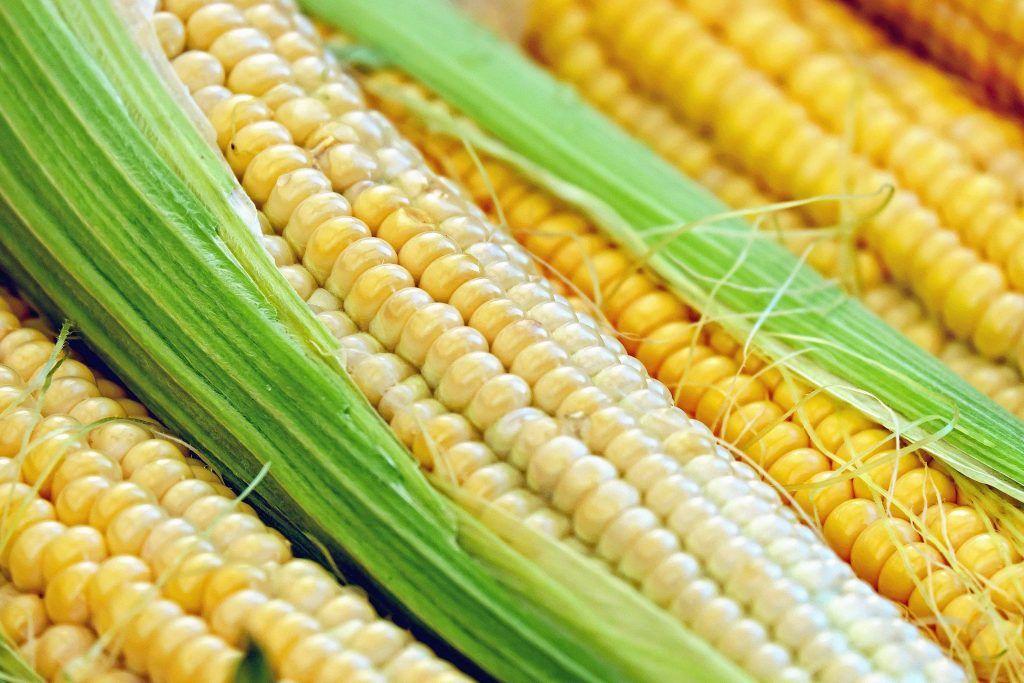World cereal production in 2021 amounted to 2,796 million tons, 0.7% more than the previous year, according to the most recent estimates of the Food and Agriculture Organization of the United Nations (FAO).
Going forward, world wheat production is forecast to be 775.4 million tonnes, down 0.1% year-on-year.
The projection for world production of coarse grains, which include corn, barley and sorghum, amounts to 1,501 million tons, 1.2% more than the previous year.
The FAO also forecasts global rice production to rise to an all-time high in 2021, due to improved yields and a slight increase in area in Asia.
As regards world cereal production in 2022, the FAO preliminary estimate for world wheat production points to a likely fourth consecutive annual increase, to 790 million tonnes.
However, according to the World Trade Organization (WTO), the escalation of the conflict in Ukraine casts some uncertainty on the final results of production, given that the disruption of services, damage to infrastructure and population displacement could prevent farmers from cultivating their fields and harvesting and marketing their crops.
FAO
As far as coarse grain production is concerned, harvesting of the 2022 crops will start in the coming months in the southern hemisphere countries, while in the countries north of the Ecuador, planting has not yet started.
In South America, maize production in Argentina and Brazil in 2022 is forecast to be well above average, particularly in Brazil, where maize production is forecast to reach a record level of 112 million tons. tons.
In addition, the FAO projects that maize production in Southern Africa will remain above average in 2022, thanks to favorable weather conditions.
For oilseeds and derived products in 2021/2022, current forecasts point to a contraction in the market situation.
While climate-related impacts on global soybean and rapeseed production accounted for oilseed shortages, lower-than-potential global palm oil production was partly explained by limited migrant labor due to restrictions related to Covid-19, in particular in Malaysia.
![]()

